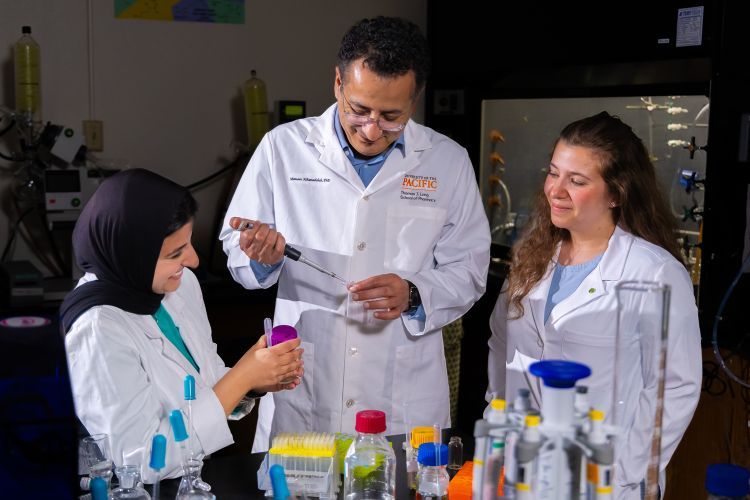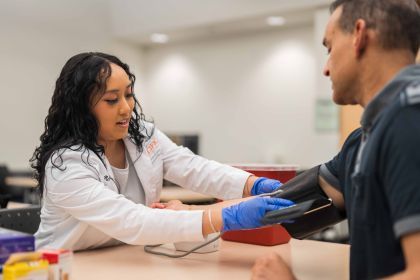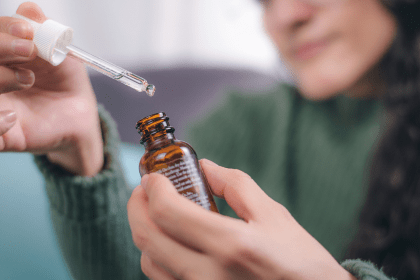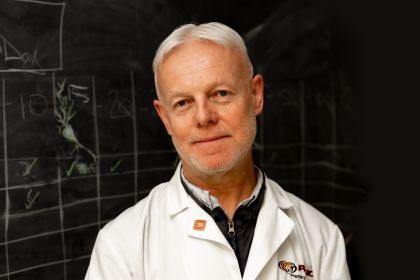Breadcrumb
New single-dose innovation offers hope in opioid crisis
For patients facing an opioid overdose, timing is everything. Naloxone, a life-saving antidote, usually works for only 30 to 90 minutes, but fentanyl, a powerful synthetic opioid, can linger in the body for hours. Mamoun M. Alhamadsheh, PhD, professor of pharmaceutical chemistry, and his team have found a way to extend that window for at least seven days.
“This technology represents a new frontier in drug delivery systems,” said Dr. Alhamadsheh. “Its ability to extend the duration of action of small molecules, such as naloxone, could save lives in acute opioid emergencies and be applied to a wide range of therapeutic areas.”
Their breakthrough, published in Nature Communications, introduces a first-of-its-kind delivery platform derived from Acoramidis, a Food and Drug Administration-approved drug co-discovered by Dr. Alhamadsheh in collaboration with Isabella A. Graef, MD, CEO of Shenandoah Therapeutics and former Stanford University faculty member. This new system forms a depot under the skin, releasing naloxone gradually and precisely for at least one week from a single injection, dramatically surpassing the one-hour window provided by conventional doses.

From left: Rasha Emara ’25, PhD, Mamoun M. Alhamadsheh, PhD, Hala Aldawod ’24, PhD
Leading the charge alongside Dr. Alhamadsheh was Hala Aldawod ’24, PhD, a postdoctoral fellow and first author of the study.
“Knowing our work could save lives, particularly among vulnerable populations, drives my passion for innovation,” Dr. Aldawod said. “This work gave me a deeper sense of purpose and showed me how science can directly change and save lives.”
The contributions of fellow Pacific researchers and co-first authors Arjun Patel ’24, PharmD, PhD and Rasha Emara ’25, PhD were integral to advancing this breakthrough. The project was supported in part by a $1.7 million grant from the National Institutes of Health.
As the opioid crisis continues to affect communities across the country, this new approach offers a powerful tool for long-term protection. It’s a reminder of what’s possible when research, innovation and purpose come together to shape the future of patient care.





